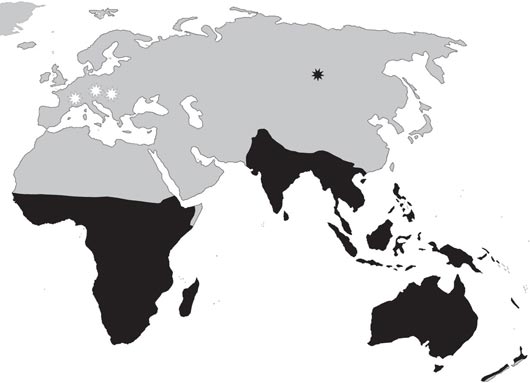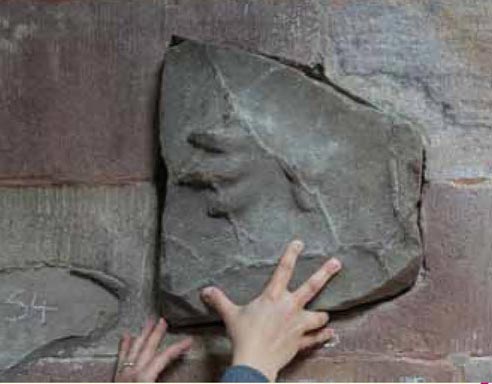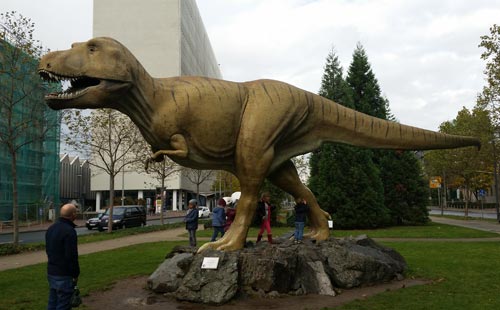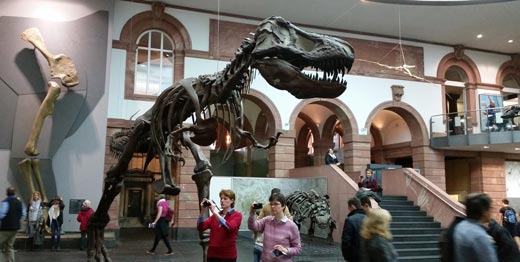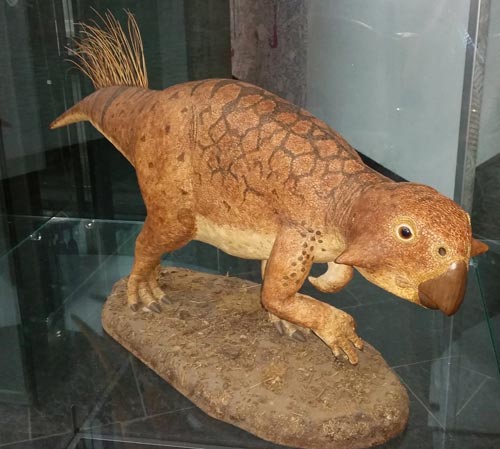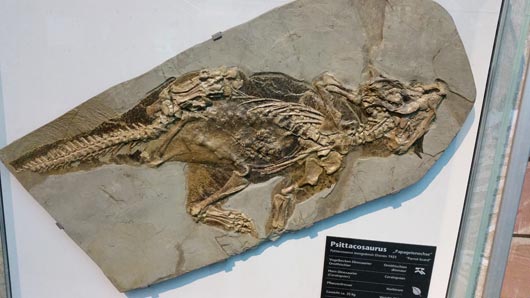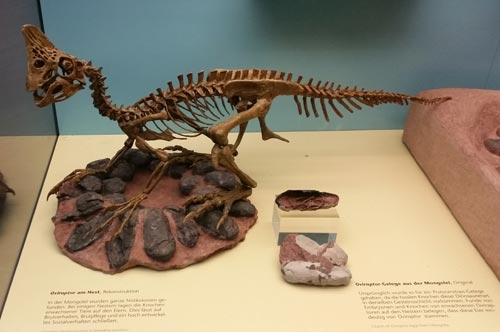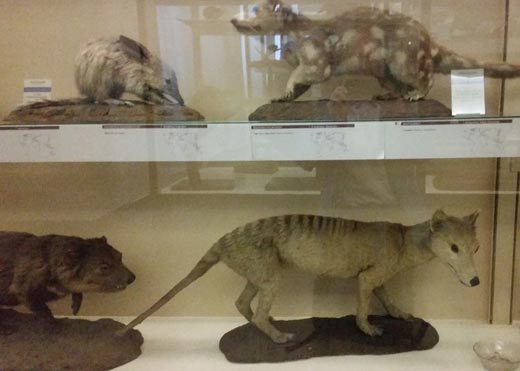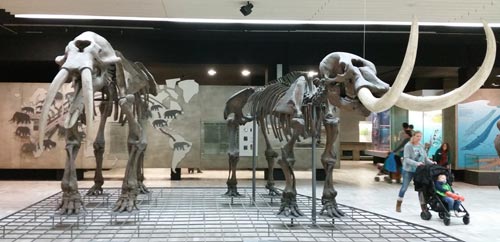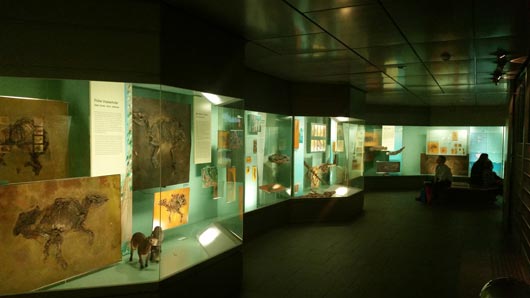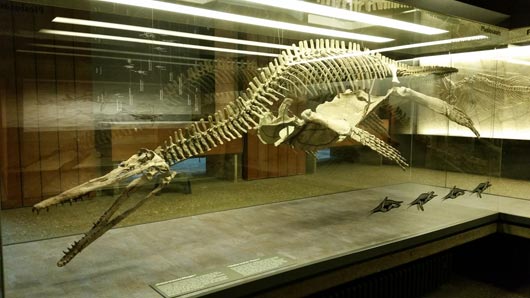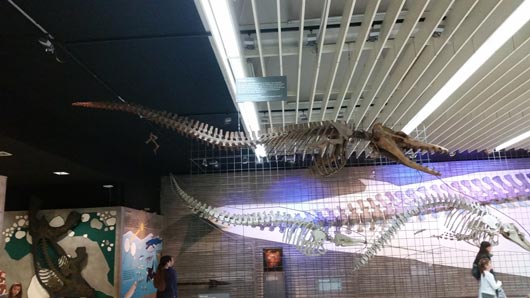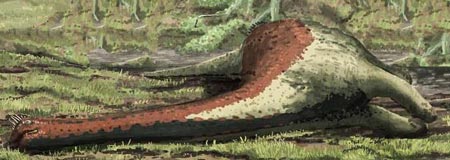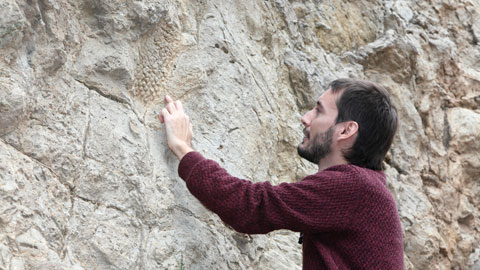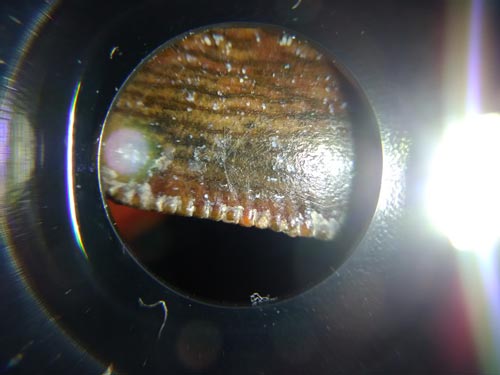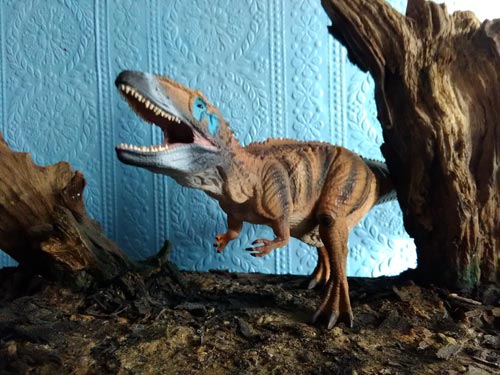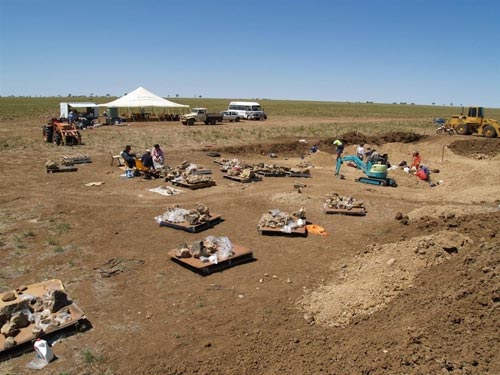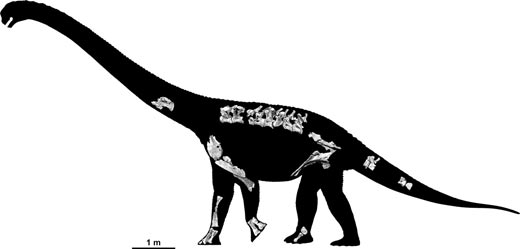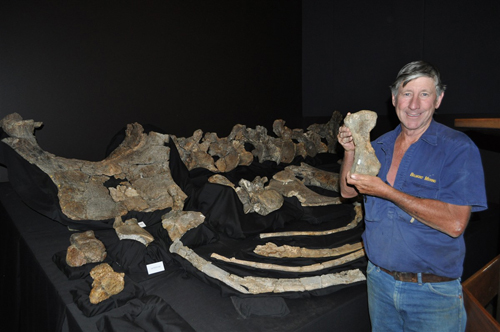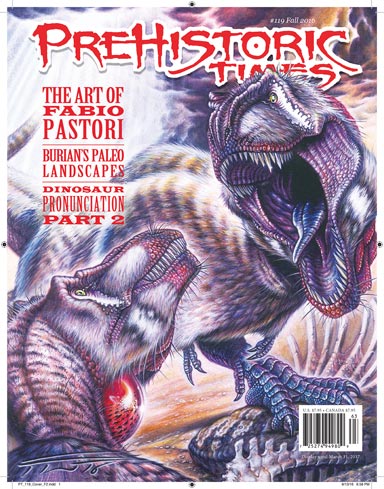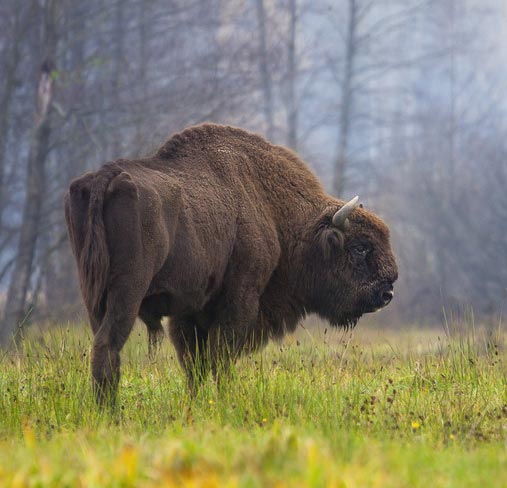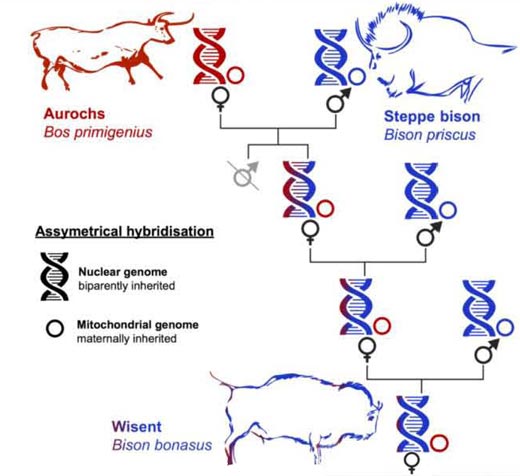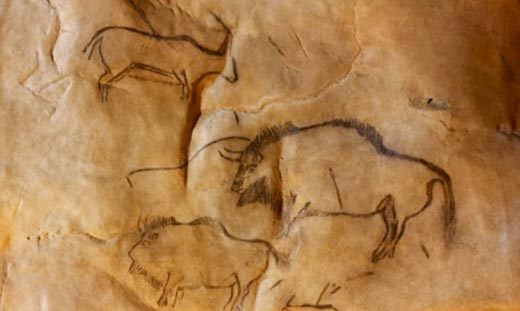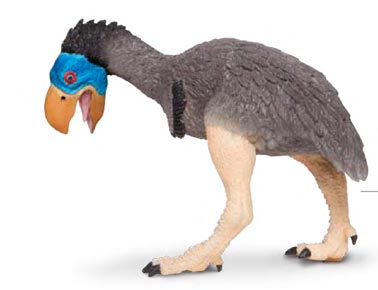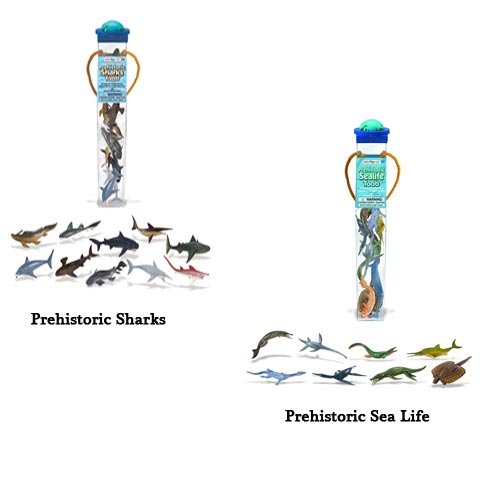A Video Review of the Paleo-Creatures Eotyrannus
Paleo-Creatures Eotyrannus lengi – A Video Review
Those talented people from Paleo-Creatures have put down their modelling tools for a few minutes, just long enough so that they can produce some short videos showcasing the prehistoric animal replicas that make up the Paleo-Creatures range of scale models.
Eotyrannus lengi
The principal person behind this exciting range is Jesús Toledo and we commend him, not only for his superb models but also for narrating the videos in English, not his first language. Our congratulations to you Jesús and the first Paleo-Creatures video we have posted up on the Everything Dinosaur blog features Eotyrannus.
This is highly appropriate, as the fossil material related to this Early Cretaceous tyrannosaurid comes from the Isle of Wight, off the coast of southern England. Eotyrannus (E. lengi) is in fact one of three members of the Tyrannosauroidea clade or superfamily known from the British Isles (we wonder if you can name the other two)?*
The Video Review of Eotyrannus lengi by Paleo-Creatures
Video credit: Paleo-Creatures
A Video Introduction to the Paleo-Creatures Model Range
In this short, three-minute video, the narrator discusses the thinking behind the colouration of this particular dinosaur model. In addition, the cleverly crafted articulated lower jaw is demonstrated and some interesting information about Eotyrannus is provided. The video is shot outside and the figure really comes into its own when seen in bright, natural light. Listen out for the sound of some avian dinosaurs in the background.
The speaker is quite correct to state that Eotyrannus most likely lived in a forest environment (hence the green and brown counter shading given to that feathery coat, this would have been excellent camouflage).
We at Everything Dinosaur have some information from a palaeoenvironmental study of the Isle of Wight and Portsdown High region during the deposition of the Wessex Formation that supports this view. When Eotyrannus roamed, some 130 million years ago, to the north of the area where the fossils of this dinosaur were found, the land rose gently upwards and the tree fern dominated vegetation gave way to extensive conifer forests. It has been suggested that Eotyrannus lived in the forest and only occasionally ventured out onto the open floodplain, an area dominated by much larger theropods.
Things Change in Palaeontology
However, new fossil finds and continuous research can change viewpoints. A few months ago, a palaeontology student on field trip to Compton Beach (western part of the Isle of Wight), discovered a single Eotyrannus tooth that measured nearly three centimetres long. This was a much bigger tooth than the teeth associated with the known Eotyrannus lengi fossil remains. The Eotyrannus holotype material was from a juvenile and the length of this dinosaur when an adult had been estimated to be around five to six metres long.
With this new fossil discovery, it is likely that Eotyrannus grew to be much bigger, perhaps in excess of eight metres in length and it would have been considerably heavier than the previously estimated quarter of a tonne. If it was a large predator, then it may well have made its home in more open country, however, juveniles would still probably have sought safety in the cover of the forested areas, better to keep out of the way of any large carnivores.
The Eotyrannus lengi Dinosaur Figure
Picture credit: Everything Dinosaur
The Scale of the Eotyrannus lengi Dinosaur Model
In the informative and well-shot video, the narrator states that this model is in 1:32 model scale. At Everything Dinosaur, we have assessed this beautiful, twenty-one-long centimetre replica to be around 1:28 scale, based on scaling up the known skeletal material from the holotype specimen. With the recently discovered fossil tooth, the 1:32 scale interpretation given by Paleo-Creatures may prove to be more accurate.
That’s the great thing about science, just when you thought you were on firm footing something happens and the ground falls away from you, ironically very much like the highly unstable cliffs surrounding the plant debris bed where the Eotyrannus bone material was found.
To see the extensive range of dinosaur models stocked by Everything Dinosaur: Models of Dinosaurs and Prehistoric Animals.
Exclusive Models Available from Everything Dinosaur
Everything Dinosaur has an exclusive agreement to stock the Paleo-Creatures range of prehistoric animal scale models in the UK. This growing collection features a number of dinosaurs as well as some of the more unusual creatures that once roamed planet Earth or swam in ancient seas.
*Just for the record, the other two members of the Tyrannosauroidea clade associated with the British Isles are:
- Proceratosaurus bradleyi – from the Forest Marble Formation (Middle Jurassic – late Bathonian faunal stage). Fossil material from Gloucestershire (central, southern England).
- Juratyrant langhami – from the Kimmeridge Clay Formation (Late Jurassic – early Tithonian faunal stage). Fossil material from Dorset (south-coast of England).
Visit the Everything Dinosaur website: Everything Dinosaur.




